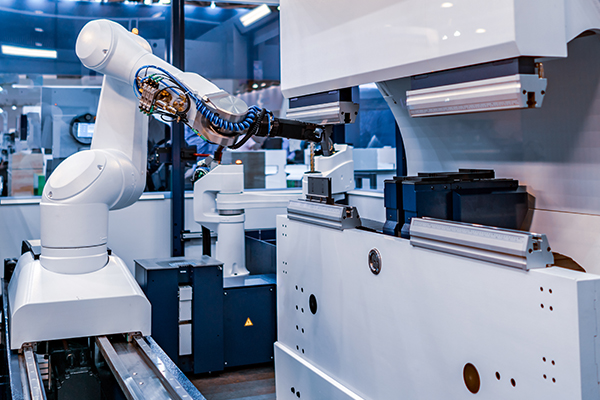Pneumatic control components are the core control units in industrial automation that use compressed air as a power source. They are mainly responsible for commanding, regulating and managing the airflow state in the air system, and are the basic components for realizing the logical arrangement of equipment actions. Simply put, these components are like the "switches" and "regulators" of the pneumatic system, which determine the key states of the compressed air, such as the on-off, flow direction, pressure size and flow speed, so as to accurately control the timing, speed, direction and strength of the actuator (such as the cylinder). Its core function is to convert the control signal (whether mechanical, electrical or air pressure itself) into a reliable, timely and controllable operating instruction for the pneumatic actuator, which is a key link in realizing the on-demand execution of mechanical actions in complex automation processes. Such components form the basis of pneumatic control circuits and are widely used in various industrial scenarios that require fast response, strong environmental adaptability or explosion-proof requirements.


